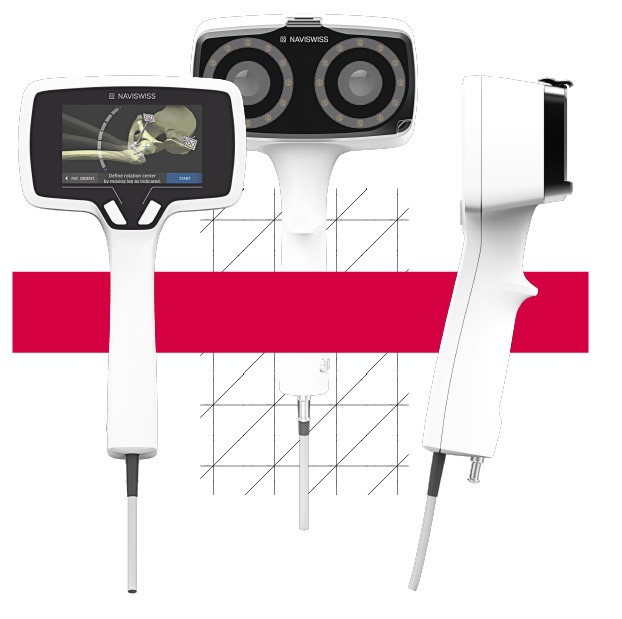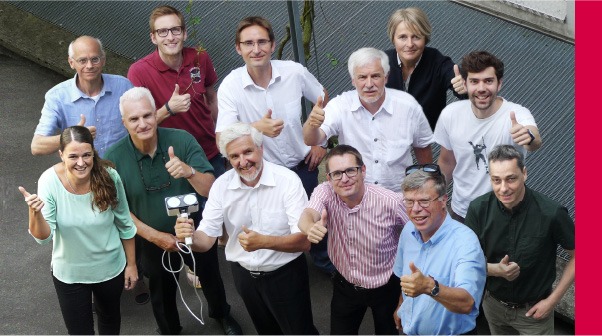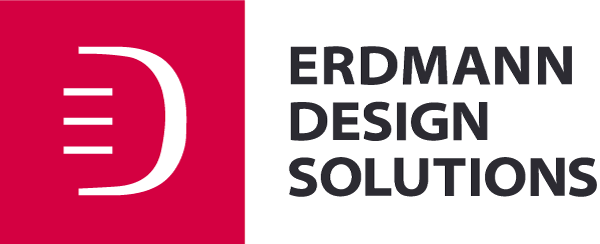Naviswiss
Reloaded with a flying start


Challenge
Naviswiss approached us with a new technology, a lot of excitement and one lofty goal: to design a handheld surgical navigation system that was accurate, mobile, and ergonomic for orthopedic surgeons to use as they implant artificial joints. After initial conversations in hospitals, it was evident that the communication of the systems advantages was crucial for the relaunch and should happen in parallel with product development.
Insight
To be successful, we learned there were three areas to focus on: designing a device and a set of markers that instantly felt comfortable in the doctor’s hand, developing a user interface which could be easily understood on a small screen, and minimizing the overall surgical workflow for fast (excellent) performers.


solution
The Naviswiss system is a miniaturized handheld navigation device that recognizes the patient’s anatomy and then helps the surgeon guide the surgical instruments to accurately position the implant according to their preoperative plan. By utilizing human-centered design practices, we designed a solution where the user instantly feels connected to the device as soon as they hold it. We also provided the brand guidelines and basic brand elements to support a pragmatic, and simple marketing story.

What we did
- Human Centered Design
- Industrial design
- Market research
- Engineering
- Brand identity
- Trade fair design
Recognition
A’Design award
